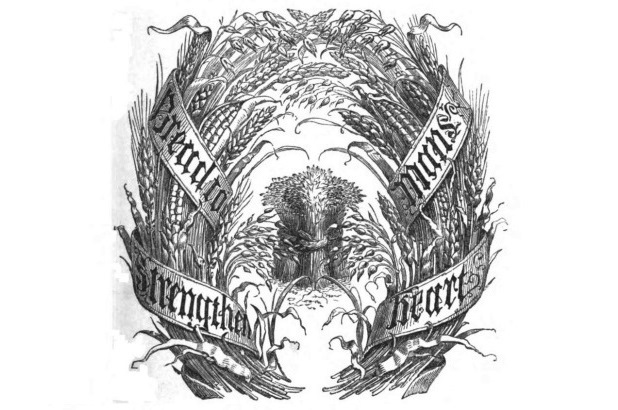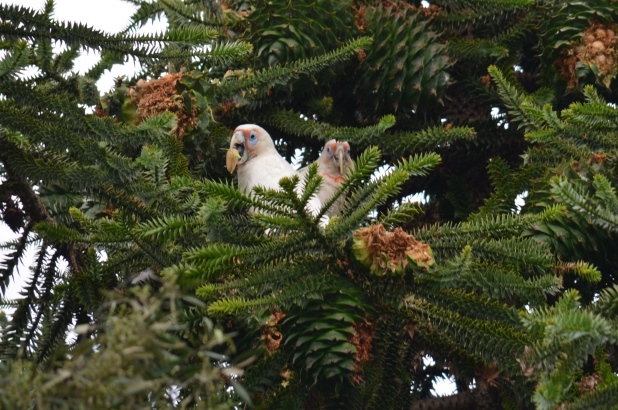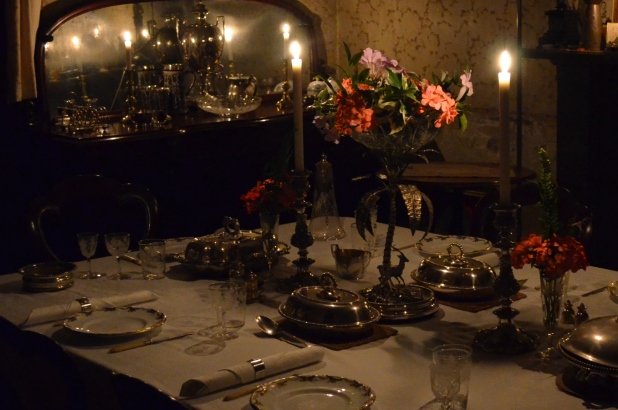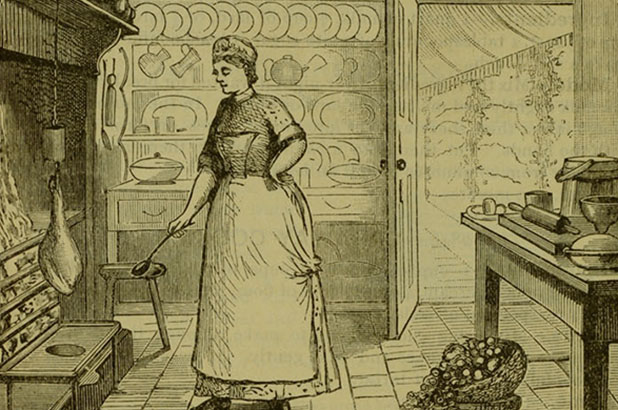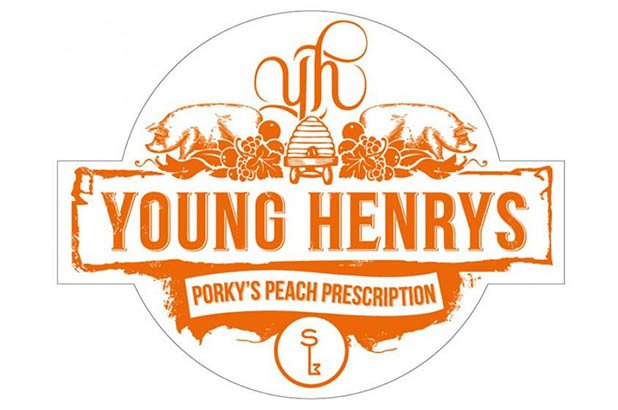December is upon us, and it’s time to ready ourselves for Christmas and all its festivities. My Christmas plum puddings are on the stove as I write, the fruit mince is made and at the ready for ‘pies on call’ or Christmas ‘cassata’ if the big day is too hot to have the oven on.
The joy of edible gifts
In an age when so many of us simply have too much ‘stuff’ there is no better offering towards a party, a kris-kringle or to celebrate a friendship than an edible gift. With peaches in abundance, and at their best right now, Jacky Dalton, guide and resident foodie at Elizabeth Farm and Rouse Hill House & Farm, is guest blogger this week, sharing her beautiful peach jam recipe just in time to be bottled and decorated for special friends, neighbours, teachers or workmates, or indeed, to indulge in at home over the festive break. Continue reading →
